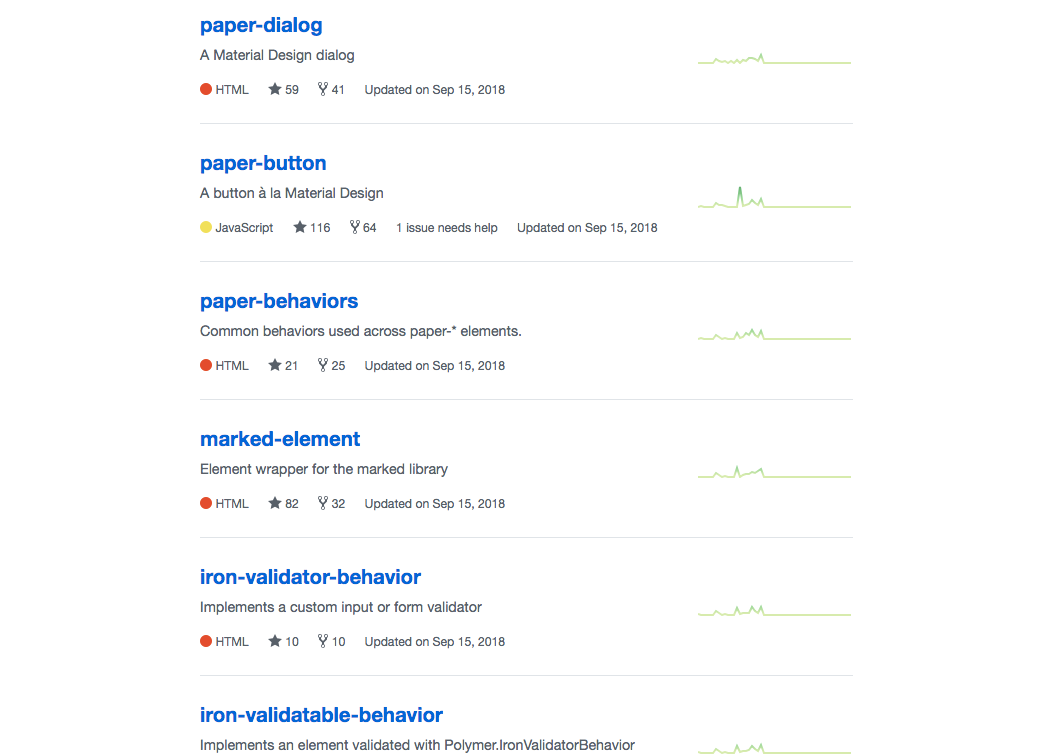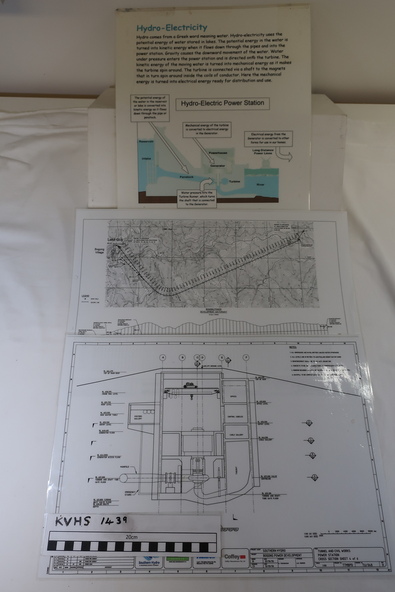

- #Unpkg material 2 dev how to
- #Unpkg material 2 dev install
- #Unpkg material 2 dev update
- #Unpkg material 2 dev code
filter((e: Node) => e instanceof TabBase, because the class TabBase declaration is duplicated, because mwc-tab-base. Read our angular tutorial and join our #DailyAngularChallenge where we learn to buildĬomponents, directives, services, pipes and complete web, mobile, and desktop applications with latest Angular version.ĭev Community 👈 to discuss anything related to Angular development.Сmponent does not work when importing with: import imports file mwc-tab-base.ts as import from as a result, this check does not work. ✋If you have any questions about this article, ask them in our GitHub Discussions 👈 You can check out the application we've built in this article live on.
#Unpkg material 2 dev install
To install it, open a new command-line interface and run the following command: In this step, we'll install the latest Angular CLI 10 version (at the time of writing this tutorial).Īngular CLI is the official tool for initializing and working with Angular projects.
#Unpkg material 2 dev code
Note: If you don't want to install a local environment for Angular development but still want to try the code in this tutorial, you can use Stackblitz, an online IDE for frontend development that you can use to create an Angular project compatible with Angular CLI.

The recommended way though is using NVM - Node Version Manager - a POSIX-compliant bash script to manage multiple active Node.js versions.
#Unpkg material 2 dev how to
You can also refer to your specific system instructions for how to install Node using a package manager. You can simply go to the downloads page of the official website and download the binaries for your operating system. Node is required by the Angular CLI like the most frontend tools nowadays. A local development machine with Node 10+, together with NPM 6+ installed.In addition to allowing us to load daily-js from Unpkg, the above policy also. Particularly the familiarity with Object Oriented concepts such as TypeScript classes and decorators. Developers can define a CSP in their web applications to minimize the. For backwards compatibility with LitElement 2.x, scheduling updates via performUpdate() continues to work, but will make also calling performUpdate() to synchronously process updates difficult. 389, - test Fix codecov failing on merge commits.
#Unpkg material 2 dev update
Instead, you should now override scheduleUpdate(). 388, - core Update dev dependencies (13626) oliviertassinari. Prerequisitesīefore getting started you need a few prerequisites: In LitElement 2.x it was suggested to override performUpdate() to also customizing update scheduling. Now let's see how to generate QR codes in your Angular 10 apps by example. So it's simply a compact and efficient way for storing data. To use it, add the boxicons.js file to the page: To use an icon, add the box-icon element to the location where the icon should be displayed: To use solid icons or logos add attribute type as solid or logo. Applications include product tracking, item identification, time tracking, document management, and general marketing Boxicons includes a Custom Element that makes using icons easy and efficient.

The Quick Response system became popular outside the automotive industry due to its fast readability and greater storage capacity compared to standard UPC barcodes. A QR code uses four standardized encoding modes (numeric, alphanumeric, byte/binary, and kanji) to store data efficiently. An extended table to the integration with some of the most widely used CSS frameworks. In practice, QR codes often contain data for a locator, identifier, or tracker that points to a website or application. A barcode is a machine-readable optical label that contains information about the item to which it is attached. In this tutorial, we'll learn how to generate QR codes in Angular by building a simple example application using the latest Angular 10 version.įirst of all, what's a QR code and what does it serve?Ī QR code (abbreviated from Quick Response code) is a type of matrix barcode (or two-dimensional barcode) first designed in 1994 for the automotive industry in Japan.


 0 kommentar(er)
0 kommentar(er)
